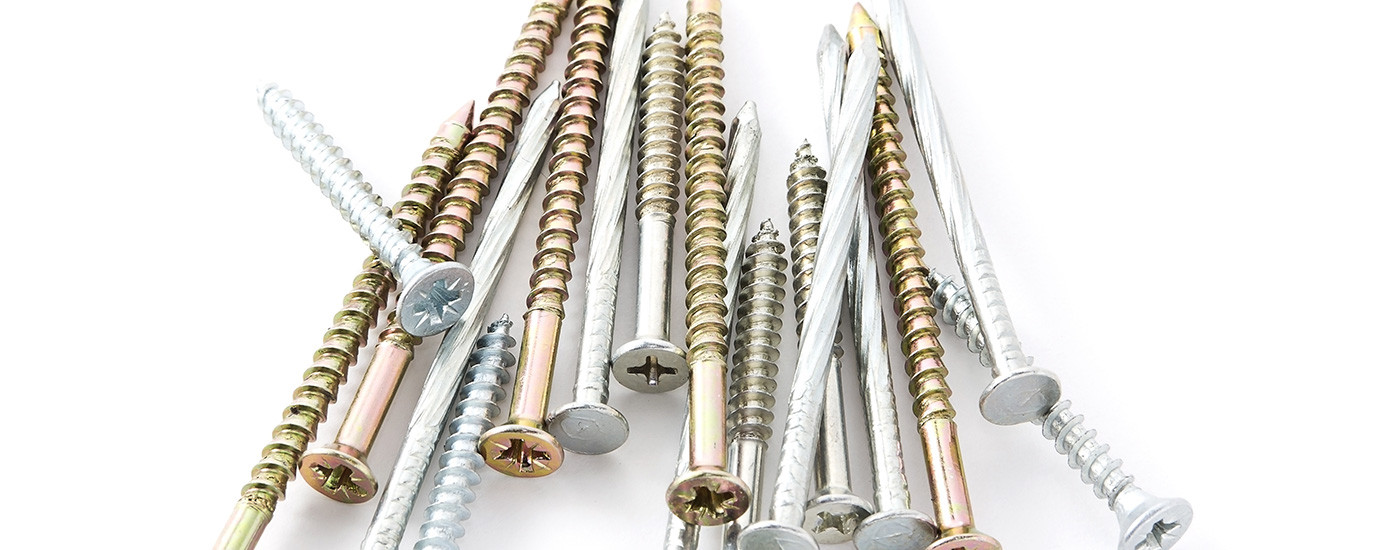Sometimes called weatherboarding, timber cladding is a popular solution for improving the external aesthetics of a building and is used in the construction of sheds. There are different types of cladding boards, each with a different appearance or profile but the most popular, particularly for sheds, is shiplap cladding.
What is shiplap cladding?
Named after traditional shipbuilding methods of the past, shiplap cladding is lengths of timber boards. It is available in a standard form, where each board overlaps the one before, or tongue and groove shiplap, where the boards interlock. The design of the shiplap boards gives a water-resistant seal and allows the surface of a shed, for example, to dry fairly rapidly.
How is cladding installed?
Usually, timber cladding boards are attached to a batten using nails or screws. Before starting the installation, ensure you have the correct tools for your particular job and materials; the type of timber of cladding boards you use will determine whether nails or screws will be better.
Using screws to install cladding
Screws are recommended for hardwood cladding boards and should be 2-2.5 times the thickness of the boards to penetrate the batten behind sufficiently. To avoid the risk of the timber splitting, pilot holes should be pre-drilled which are 70% of the diameter of the screw’s shank. Care should be taken with the positioning of screws as their heads may impede the boards overlapping correctly and could affect the fit.
Using nails to install cladding
Nails are the ideal fixing solution for softwood timber cladding. No sink holes are necessary and there is very little risk of the timber splitting.
What nails to use to install shiplap cladding
Galvanised nails should be used; this will prevent staining occurring in the event of corrosion. As with screws, nails should be at least 2.5 times the thickness of the board. For example, with a 16mm thick board, nails should be 2.5 X 16 = 40mm long.
Shiplap cladding at Witham Timber
At Witham Timber our shiplap cladding is supplied with a tongue and groove profile and is manufactured from machined, softwood timber. Each board has a finished size of 12mm x 120mm and is available in a variety of lengths. Grown in sustainable, certified forests, our shiplap cladding is pressure treated for a longer life. The treatment can cause the boards to swell so ensure the timber is as dry as possible before installation, to keep summer shrinkage to a minimum.
Fixings for timber cladding at Witham Timber
Our galvanised, round head nails are perfect for installing shiplap cladding, and are available in a choice of 7 lengths, to accommodate the thickness of the cladding boards. Supplied in handy 1kg bags, the nails are a good, multi-purpose nail suitable for lots of garden jobs, including the installation of timber fence panels to posts.
If you are preparing for a timber cladding project and need any advice on the best boards and fixings for the job, our experienced staff is on hand to help. Contact us today on 01205 359188 or email us at sales@withamtimber.co.uk

